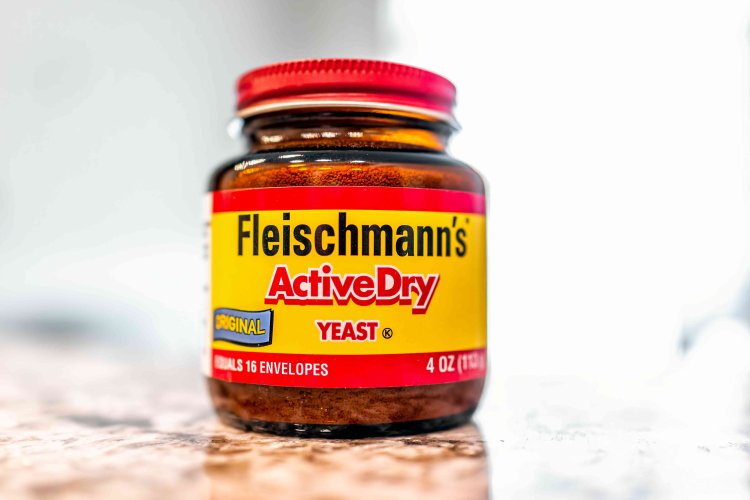How To Test Yeast for Freshness
A pastry instructor weighs in on tips for checking your yeast for freshness.

A pastry instructor weighs in on tips for checking your yeast for freshness. Simply Recipes / Adobe Stock
:max_bytes(150000):strip_icc():format(jpeg)/simply-recipes-active-dry-yeast-lead-01-d29c178892b549a6843f70c257d6db22.jpg)
My parents make a lot of homemade bread and pizza. They always had a pretty big jar (or two) of yeast on hand. But I remember that when the yeast sat around for a while, they wondered if it was still fresh. In those cases, my dad would add a bunch of extra yeast and hope for the best. Do you do this as well?
To learn more about how to test yeast that may be past its usefulness, I spoke to an expert. Here's what I found out.
Read More: How to Proof Yeast
How To Test Yeast for Freshness
“Yeast does still have some activity past its best-by date, but it will start to have less strength the longer past that date it is, especially if its package has already been unsealed,” says Kierin Baldwin, chef-instructor of pastry and baking arts at the Institute of Culinary Education’s New York City campus.
You can test yeast for freshness by sprinkling some in warm water to see if it foams. “If it doesn’t bubble at all in water that means the yeast is dead. If there is only a tiny amount of foam, it’s likely not that active,” Baldwin says. “If there is a good amount of foam, then you should be good to go.”
She also points out that warm water is cooler than most people probably think. “Yeast is happiest around 80°F but will react a bit more quickly if it’s slightly warmer. Putting yeast in water that’s much hotter than 110°F can start to decrease its strength by killing some of the yeast off.”
Read More: I Asked 3 Food Editors To Name the Best Kitchen Thermometer—They All Said the Same Thing
Simply Recipes / Lori Rice

Can You Just Add Extra Yeast?
The older the yeast is, the less active it is likely to be, Baldwin says. “If you use the same amount of inactive yeast, you will end up with a bread that has a much denser texture and less flavor.”
I revealed to Baldwin that when in doubt, my dad adds more yeast to his bread recipe. She says that’s one solution, but it’s also a guessing game.
“If you put more yeast into a recipe, it will rise more quickly. This is true regardless of how active the yeast might be. However, there’s no formula to figure out how underactive your yeast is, and therefore, there’s no reliable way to know how much extra you should add,” Baldwin says.
If you add enough extra underactive yeast that it happens to be about the same strength as fully active yeast, the result should be great. “But it’s luck how closely you hit the mark. Also adding tons of extra inactive yeast can change the flavor of the finished bread, so it’s not a strategy without its drawbacks.”
The Best Way To Store Yeast
Baldwin says she typically refrigerates yeast once she has opened the package and she keeps it in a tightly sealed container to prevent it from being exposed to moisture. If she only has a small packet that’s open and partially used, she tries to use the remainder within a week or two.
“The best-by date on the package reflects the best date to use it by if it is unopened,” Baldwin points out. “Even refrigerated, once the seal has been broken, the yeast’s shelf life becomes much shorter.”
She also suggests not buying yeast in larger quantities than you can use within a few months. “It’s definitely not a product I include on my Costco shopping list.”
Read the original article on Simply Recipes.
What's Your Reaction?
















